Europe
Europe
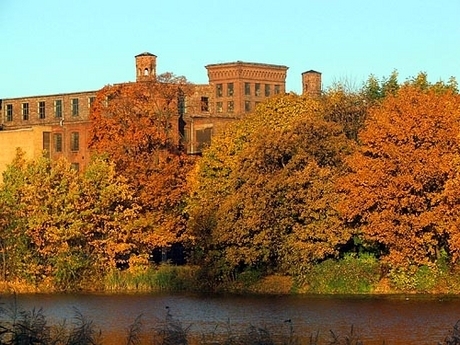
The history of Lodz is closely related to the development of the textile industry. The origins of Lodz as an industrial city can be traced to the year 1820 . It was that that Rajmund Rembielinski put forward an idea of establishing a clothiers' settlement in Lodz. Hence, upon the state directive of 1820, Lodz became an industrial town.
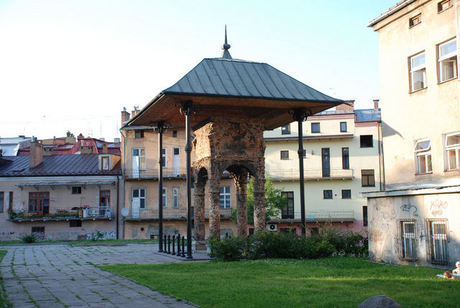
Before the outbreak of World War II, Lodz had the second largest community of Jews in Europe. They constituted over one third of the city's population. Within seven days of the Nazis' attack on Poland, Lodz became occupied and the persecution of 230, 000 Jews started. They were randomly beaten and killed in the streets, whereas their property was seized.
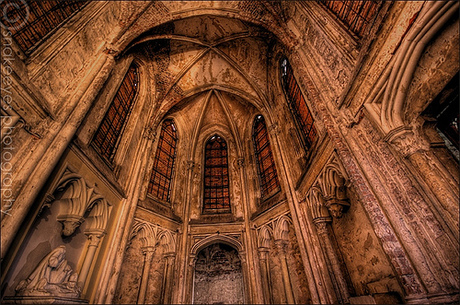
The chapel of Karol Scheibler, next to the Old Evangelical - Augsburg Cemetery on Ogrodowa Street 43, is a major architectural work in old Łódź, Poland.
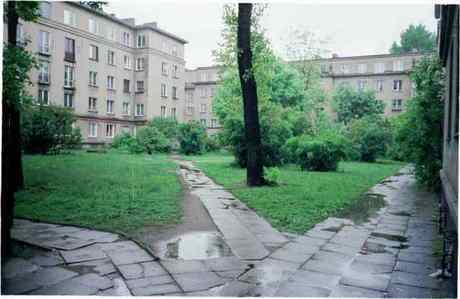
The Łódź cemetery was bordered by Limanowskiego, Bazarowa, Rybna and Zachodnia streets and it covered 612 square meters. The beginnings were dramatic as superstitious people didn’t want to be the first to bury anyone at the new land which according to the legend, was an evil forces habitat. It was believed that it brought danger upon a soul.
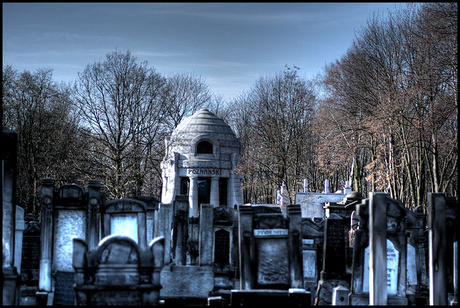
The cemetery on ul. Bracka and ul. Zmienna, the largest Jewish cemetery in Europe, was created in 1892 when residents of the nearby neighborhood refused to allow the expansion of the old cemetery on ul. Wesola, containing over 3,000 graves.
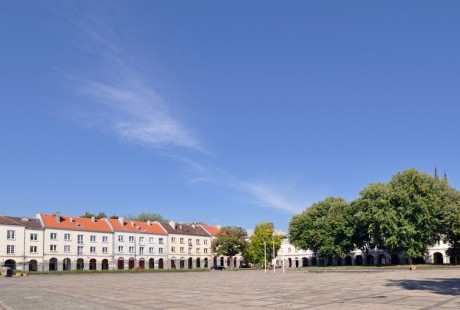
The oldest Lodz square is the Old Town market. The transformations that this fragment of Lodz has undergone are so vast it is now difficult to imagine not only the look of the medieval little town, but even the architecture from before World War 2. The tract from Piotrkow to Lęczyca and the local roads to Lutomiersk or Brzeziny used to pass across the market.
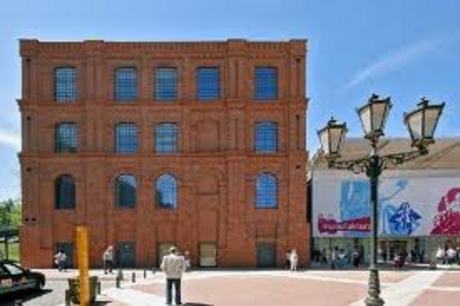
A stepping stone for 20th and 21st century art collection of Muzeum Sztuki in Lodz, Poland – one of the oldest modern art museums in the world – is the International Collection of Modern Art of the “a.r.” group (opened 1931). It defined the avant-garde character of the whole museum.
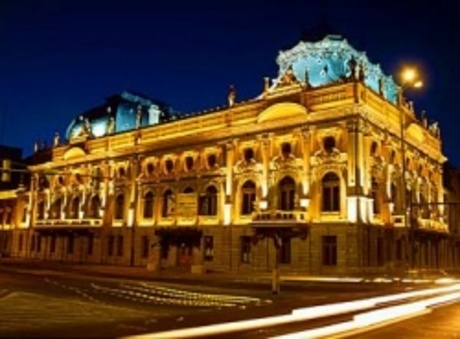
The Museum of History of the City of Łódź is housed in one of the most impressive buildings in Łódź, the former Izrael Poznański’s Palace, built at the turn of the 19th century. Decorative interior design and richly ornamented facades were to emphasize the power of Izrael Poznański. In museum visitors can admire exhibits documenting the tradition of industrial, multicultural and multi-religious Łódź. The museum also presents silhouettes of important persons related to Łódź: Władysław Reymont, Julian Tuwim, Jerzy Kosiński, Artur Dedecius, Artur Rubinstein and Aleksander Tansman.
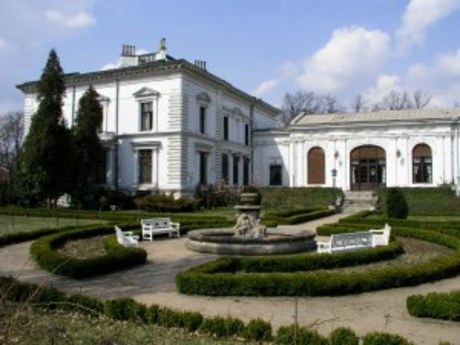
Heritage Park of Wooden Architecture was officially opened on the 29th September 2008. It was designed by Anita Luniak and Teresa Mromlińska. The open-air museum is designed to replicate a typical Łódź street of the 1820s. On both sides of the street there are workman’s homes and workshops, a historical church dating from 1848 from Nowosolna and Art Nouveau summer house from Ruda Pabianicka.
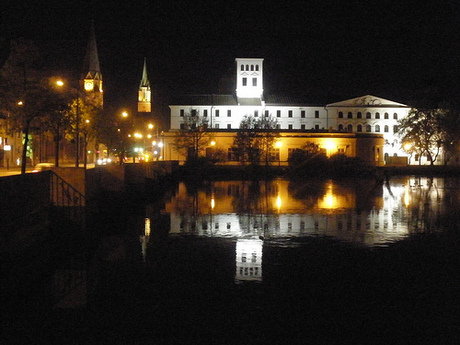
The idea of organizing the museum of textiles in Łódź was born already in 1946. In the city with rich textile tradition, the biggest Polish centre of textile industry, this idea seemed unquestioned. The conception was reminded to the authorities of the City, Ministry of Art and Culture in 1949, 1950, 1951, but it was only in 1952 when the department of textiles (not the museum!) was established in the Muzeum Sztuki (Museum of Art) in Łódź.
 1 2 3 4 5 6 78 9 10 11 12 13 14 15 16 17 18 19 20 21 22 23 24 25 26 27 28 29 30 31 32 33 34 35 36 37 38 39 40 41 42 43 44 45 46
1 2 3 4 5 6 78 9 10 11 12 13 14 15 16 17 18 19 20 21 22 23 24 25 26 27 28 29 30 31 32 33 34 35 36 37 38 39 40 41 42 43 44 45 46 
